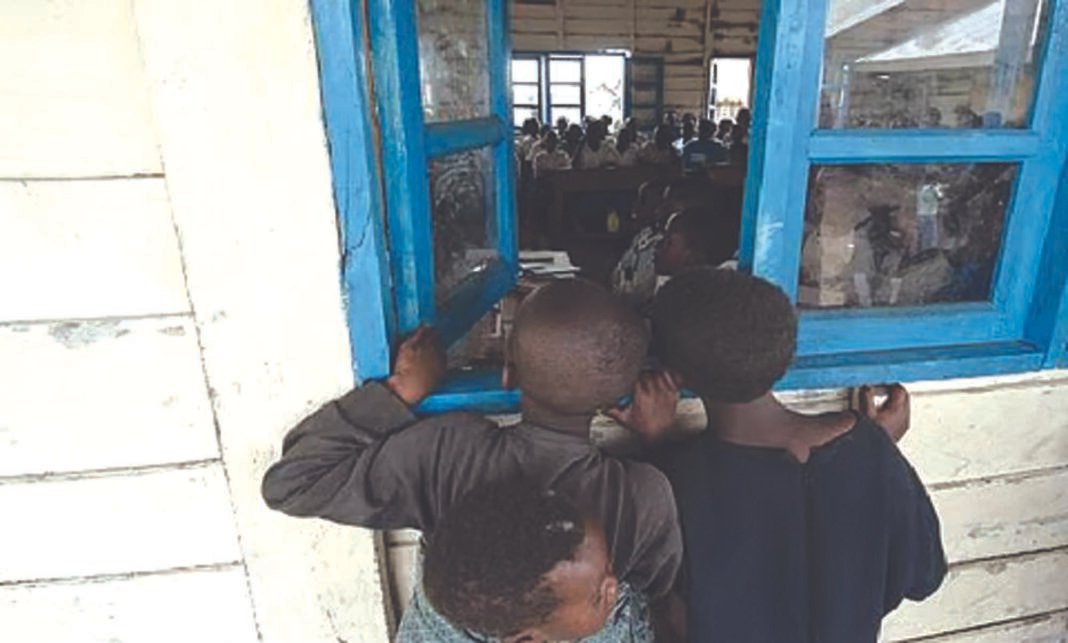NEW DELHI, June 15: The global out-of-school population is now estimated to be 272 million, over 21 million more than the last estimate, according to UNESCO’s Global Education Monitoring Team (GEM).
The team, in its latest report, has pointed out that by 2025, countries will be off-track by 75 million relative to their national targets.
“Two reasons explain this upward adjustment. First, new enrolment and attendance data account for eight million, or 38 pc, of the increase. The ban on girls attending secondary school age in Afghanistan in 2021 also contributes to this increase,” the report said.
“Second, updated UN population estimates account for 13 million, or the remaining 62 pc, of the increase. Compared to the estimates last used in the out-of-school model, the 2024 World Population Prospects estimate that the number of 6- to 17-year-olds in 2025 (a proxy of the school-age population) is higher by 49 million (or by 3.1 pc),” it added.
The report also noted that the impact of conflicts on out-of-school populations which can be underestimated as conflicts hamper data collection.
The change in the global population estimates impacts out-of-school rate and population estimates, but the magnitude of that impact depends on the source of data on enrolment and attendance.
“If the source is administrative data, then the full increase of the population is passed on to the out-of-school population because there is no fresh information on enrolment.
“But if the source is survey data, then the increase of population is passed on to the in-school and out-of-school populations proportionately. As the model relies on survey data for many countries with large out-of-school populations, only part of the increased school-age population is estimated to be out of school,” it said.
In total, around 11 pc of primary school-age children (78 million), 15 pc of lower secondary school-age adolescents (64 million) and 31 pc of upper secondary school-age youths (130 million) are out of school.
The model used multiple data sources (administrative, survey and census) to generate internally consistent trends of regional and global averages.
“The model at the country level reconciles different sources, imputes values on years when there are no data, and involves short-term projections.
“Therefore, they are not the same as countries’ official out-of-school values, which are based on a single source on a given year. It is these latter values, which are the basis for countries’ out-of-school rate targets to be achieved by 2025 and 2030,” the report said.
“Collectively, as the SDG 4 Scorecard shows, countries will reduce their out-of-school population by 165 million by 2030 if they meet their targets.
“However, it is projected that by 2025 countries will be off track by four percentage points among those of primary and lower secondary school age and by six percentage points among those of upper secondary school age. In total, this means that, already by 2025, countries will be off-track by 75 million relative to their national targets,” it added.
The report noted that the impact of conflict on out-of-school populations is being underestimated.
“The out-of-school model estimates assume stable patterns of school-age population progression through the education system. However, this methodological strength becomes a weakness in the case of emergencies and crises when school attendance changes suddenly.
“Not only can it not be assumed that long-term trends will continue, but there is usually no information or insufficient information to understand crises’ short- and medium-term impacts. Conflict hampers data collection on school participation and therefore is likely to lead to an underestimation of the out-of-school populations,” it said. (PTI)












